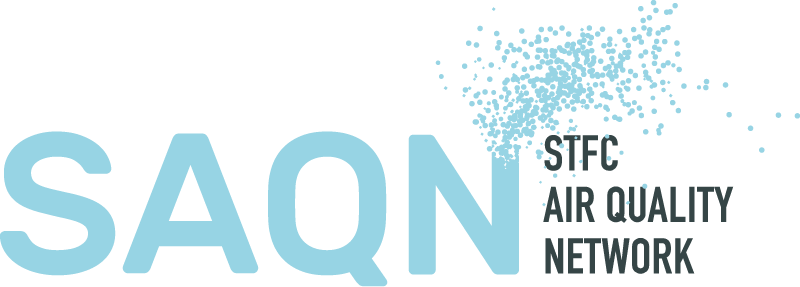This month we welcome a guest blog from a team using STFC expertise in Machine Learning to improve Air Quality Forecasting Systems. The scoping study is led by Dr Pushp Raj Tiwari.
Air Quality Forecasting Systems (AQFS) have an integrated chemistry module and simulations through them are computationally very expensive. Here we demonstrate the concept of replacing one module from CTMs with a novel Machine Learning (ML) framework to achieve orders of magnitude speed up in chemistry simulations, which mostly through traditional methods are slow and tend to suffer from numerical instability.
The recent SAQN workshop provided a unique opportunity to collaborate and address this problem. The three experts* from different organisations will be developing and investigating the potential for Machine Learning to reproduce the behaviour of a chemical mechanism, yet with reduced computational expense by working closely with each other.
In the period of January to June 2021, this pilot study aims to:
- Develop the ML algorithm and test it against the model generated result
- Replace the chemical mechanism with ML and perform simulations
The ML technique developed and results from this initial study will be used as proof of concept to allow this group to continue developing the next generation Air Quality Forecasting Systems (AQFS). Once the ML based system is sufficiently developed, it will enable scientists and prediction centres to implement it in their AQFS and achieve orders of magnitude speed up in prediction with reduced computational time and cost.

* Dr. Pushp Raj Tiwari, Centre for Atmospheric and Climate Physics Research, University of Hertfordshire; Dr. Vera He, UK Centre for Ecology and Hydrology, Dr. Barry Latter, STFC.
